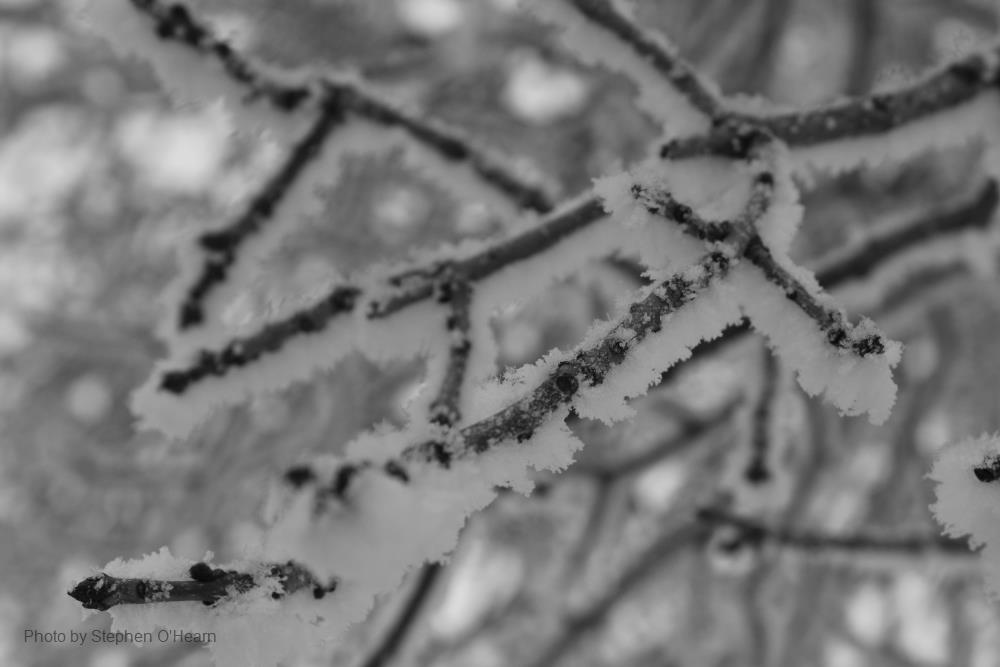
Related items loading ...
Section 1: Publication
Publication Type
Thesis
Authorship
Peixoto Mendes, Maira
Title
Selenium transfer through the periphyton-macroinvertebrate food chain at a northern Saskatchewan uranium mill
Year
2023
Publication Outlet
USASK Harvest - Theses and Dissertations
DOI
ISBN
ISSN
Citation
Peixoto Mendes, Maira (2023) Selenium transfer through the periphyton-macroinvertebrate food chain at a northern Saskatchewan uranium mill, USASK Harvest - Theses and Dissertations,
https://hdl.handle.net/10388/15070
Abstract
Anthropogenic activities, particularly coal-fired plants and coal and metal mining can increase aqueous selenium (Se) concentrations in aquatic ecosystems. The historical and present aquatic Se contamination in North America has been linked to adverse reproductive and developmental effects on fish and aquatic birds. Consequently, the environmental monitoring of Se in the receiving water bodies often focuses on potential adverse effects on aquatic vertebrates. But the magnitude to which Se bioaccumulates in the environment, potentially causing toxic effects in higher trophic levels, is dictated by Se dynamics at the base of aquatic food chains. Yet, limited understanding of the processes involved in Se uptake by primary producers, microorganisms and particulate matter and trophic transfer to different invertebrate taxa remains, generating great uncertainty in the modelling of Se in higher trophic levels. The potential influences of season on Se bioaccumulation, particularly by overwintering aquatic biota, represents an additional challenge to Se modelling and risk assessment in boreal ecosystems. The goal of this research was to investigate Se distribution, uptake, and bioaccumulation in the periphyton-benthic macroinvertebrates food chain of a boreal lake (McClean Lake) receiving continuous low-level (< 1 µg/L) Se input from a uranium mill in northern Saskatchewan, and to refine site-specific Se risk assessment at this site. In the summers 2018 and 2019, ten sampling stations representing different degrees of uranium mill effluent exposure were selected to assess aqueous Se bioaccumulation potential in periphyton and benthic macroinvertebrates (BMI): two stations were placed at a high effluent exposure site upstream from Mclean Lake (Vulture Lake inlet and outlet), seven stations were placed on McClean Lake east basin (EB), including one near the effluent diffuser site, and another one towards Collins Creek outlet. The tenth station was a reference site located in McClean Lake west basin (WB) for comparison to background results. In winter 2021, sampling efforts were reduced, and Se bioaccumulation potential was investigated only at McClean Lake EB (sites 4, 5, 8 and 9). In summer 2019 and winter 2021, periphyton and BMI were sampled using sediment grab samples. Selenium concentrations measured at the base of the food web were subsequently incorporated into biodynamic models to estimate Se body burdens in resident fish species (northern pike, white sucker, lake whitefish and nine spine stickleback). Higher Se concentrations in surface water (2.3 ± 0.3 µg/L), sediment (9.4 ± 1.4 µg/g d.w.), periphyton (13.0 ± 2.4 µg/g d.w.) and BMI (10.3 ± 4.2 µg/g d.w.) were observed at high-effluent exposure sites in Vulture Lake. However, Se concentrations in periphyton (16.7 ± 4.4 µg/g d.w) and some benthic detritivore taxa (6.0 ± 0.4 µg/g d.w) sampled near the effluent diffuser site on McClean Lake (Sites 4 and 9) reached levels comparable to those sampled at the high effluent exposure site (TSe > 2µg/L). Moreover, significant differences in Se bioaccumulation among benthic primary consumer taxa within sites were observed; the bivalve genus Sphaerium was considered a poor Se accumulator (1.25 ± 0.1 µg/g d.w), whereas the caddisfly genus Agrypnia was a potential Se hyper-accumulator (12.0 ± 4.7 µg/g d.w). Furthermore, the shorter deployment duration used for the artificial substrates in 2018 (5 vs. 7 weeks) seemed to have influenced Se bioaccumulation levels in BMI. Based on effluent distribution in McClean Lake traced using electrical conductivity (EC) measured with autonomous sensors (Libelium) and Se bioaccumulation in periphyton and benthic primary consumers sampled in 2018 and 2019 using artificial substrates (Hester-Dendys), a theoretical Se threshold for protection of fish populations of 0.7 ± 0.2 µg/L was derived for McClean Lake. Additional field and laboratory studies were conducted in 2019 and 2021 to clarify Se results from periphyton and BMI sampled with the artificial substrates and the derived total aqueous Se thresholds for protection of resident fish of McClean Lake. Selenium bioconcentration in biofilms was substrate-dependent, with significantly higher Se concentrations in biofilms growing on artificial substrates (2.4 ± 1.5 µg/g d.w) relative to those collected from top-layer sediment (1.1 ± 1.3 µg/g d.w). Moreover, significantly higher Se bioconcentrations were observed in winter (3.5 ± 1.0 µg/g d.w) relative to summer (1.1 ± 1.3 µg/g d.w). Differences in Se concentrations in periphyton and BMI influenced by sampling method and season translated into differences in estimated fish body burdens and derived tissue-based aqueous Se benchmarks for McClean Lake EB. Overall, estimated and observed Se body burdens were below national and site-specific benchmarks for total Se in fish tissue and overall risks of adverse effects of Se on fish populations were considered low. Significantly lower tissue-based aqueous Se benchmarks were calculated for McClean Lake EB in summer (artificial substrates: 0.7 µg/L, grab samples: 2.5 µg/L) relative to winter (12 µg/L), suggesting a higher Se bioaccumulation potential at the former. This is the first study to date to document the direct effects of sampling strategies, low water temperature, and prolonged ice-cover period on Se bioaccumulation at the base of an aquatic food web. Collectively, the findings presented herein provide practical considerations for future Se study designs and will help inform decision-making processes related to Se risk assessment and management in boreal ecosystems receiving continuous, low-level Se input.
Plain Language Summary


 GWFNet
GWFNet Master
Master Data
Data Research
Research Map
Map
 Advanced
Advanced . . .
. . .

 Metadata Editor
Metadata Editor
 Record List
Record List
 Alias List Editor
Alias List Editor
 Legacy sites
Legacy sites